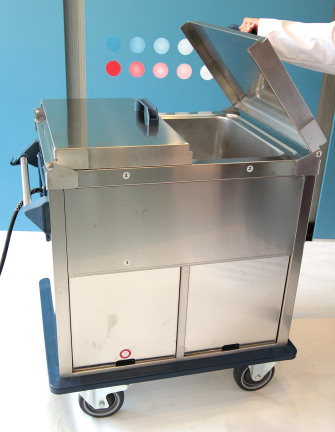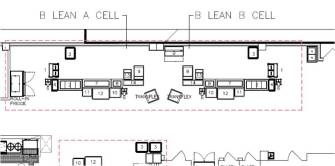An early memory I hold close is when I first realized the art and impact of the personal touch at meal service. It happened in London England when I was...
All posts by Paul Gauntley
We’ve all heard the phrase ‘the customer is always right.’ It doesn’t seem to matter what line of work you find yourself in, when it comes to service, ‘the customer...
Some might say that our competitors are feeling the heat because Burlodge has created an unbeatable line of mobile hot food servers. As many of our customers have grown accustomed,...
Burlodge Canada LTD is proud to announce the opening of a new test kitchen at its Head Office in Brampton, Ontario. The company renovated a space adjacent to its expansive...
In my experience, Psychiatric Patients are seldom served appropriately. The default position is a Trayed Meal, often large or double portions (due to medicine they are on driving a need...
In the early 1990’s a meal delivery system company said to its clients that they could re-heat toast using their retherm (regeneration) tray meal cart system. The client trusted the...
Conventional Ordering Method – while slowly becoming an archaic method, we do still see cases of passing meal plans ( a daily menu selection sheet) to patients for them or...
Many facility managers are either serving a Continental Breakfast or considering to do so. In many cases they are investigating the idea of ward based assembly of a continental breakfast....
The following are some key points of difference between standard Pod style equipment set-ups and the Burlodge B-Lean Program: 1. Burlodge’s B-Lean is a system. It is not just equipment....
1. Conventional Ordering Method – while slowly becoming an archaic method, we do still see cases of passing meal plans ( a daily menu selection sheet) to patients for them...




